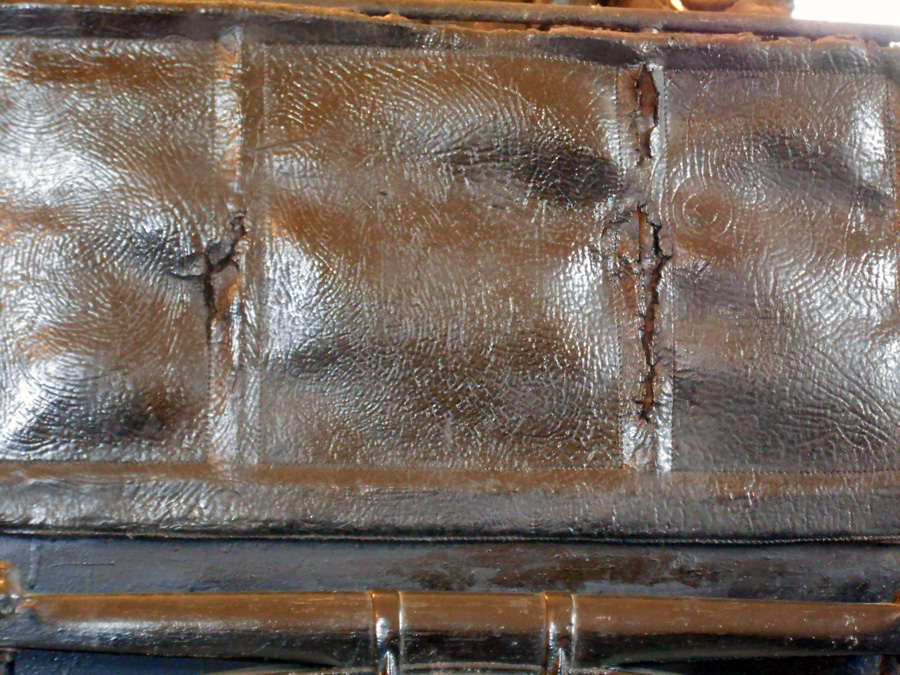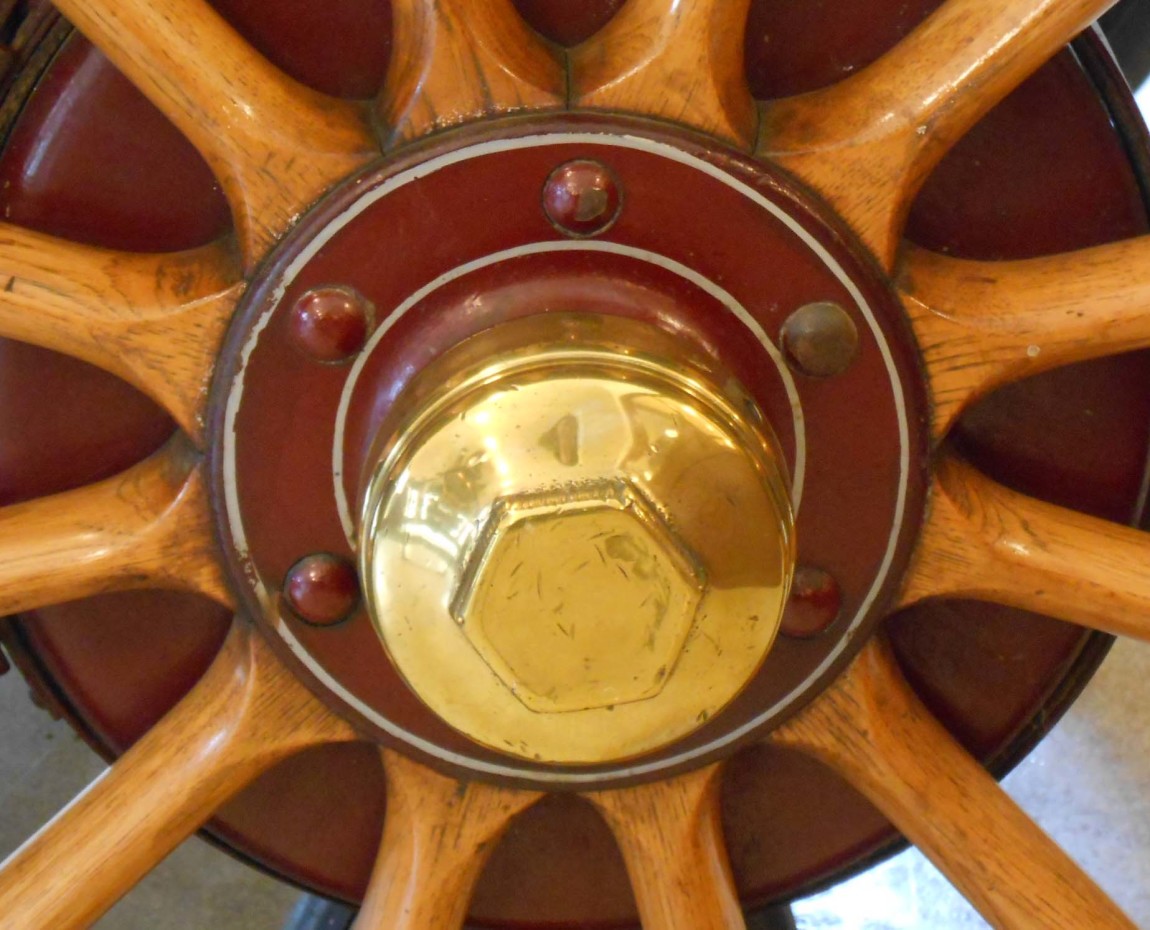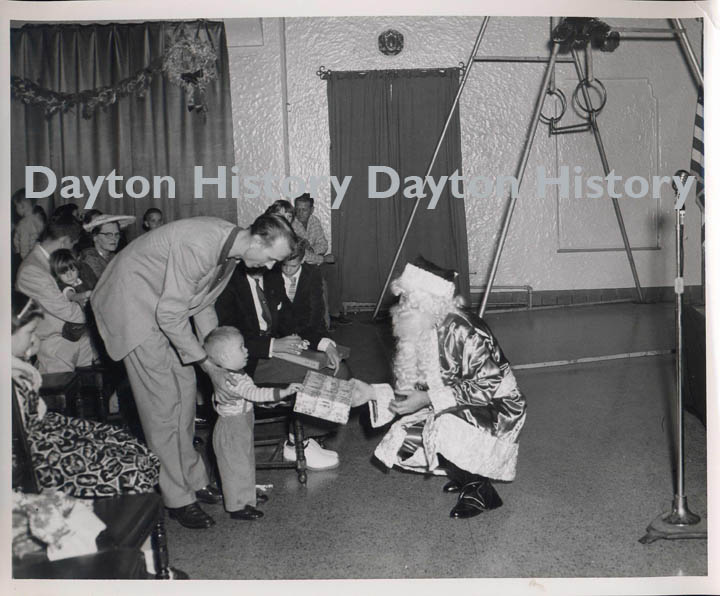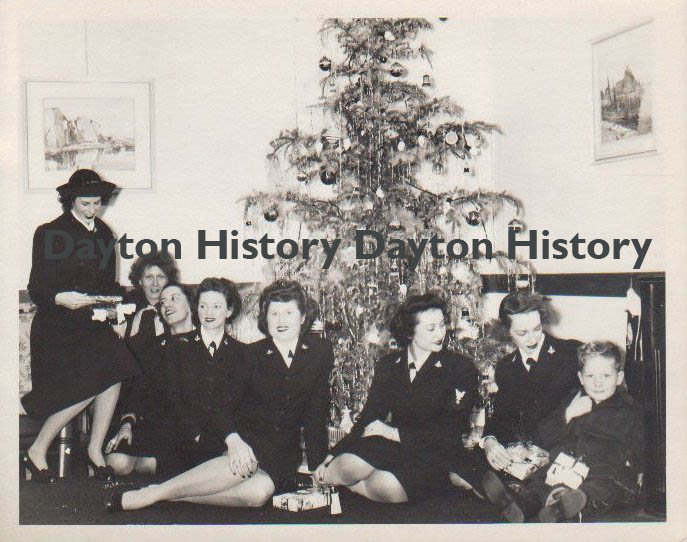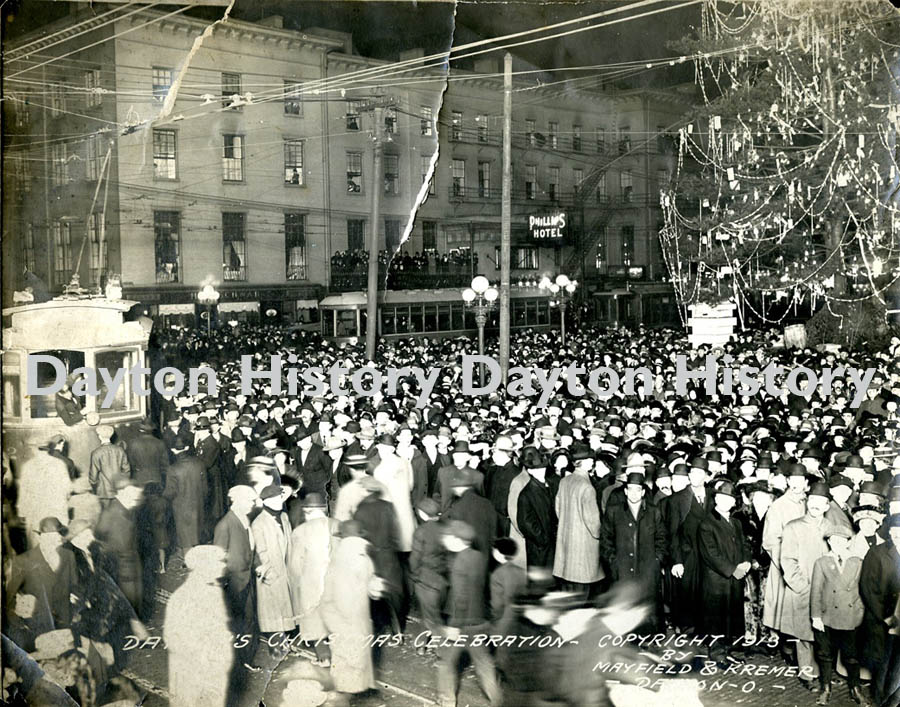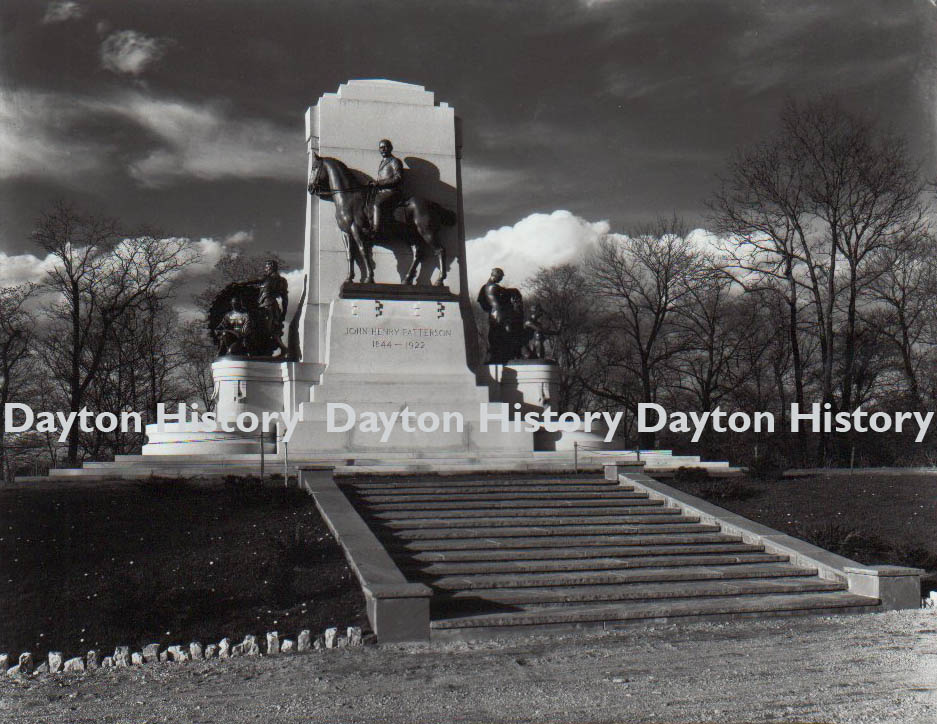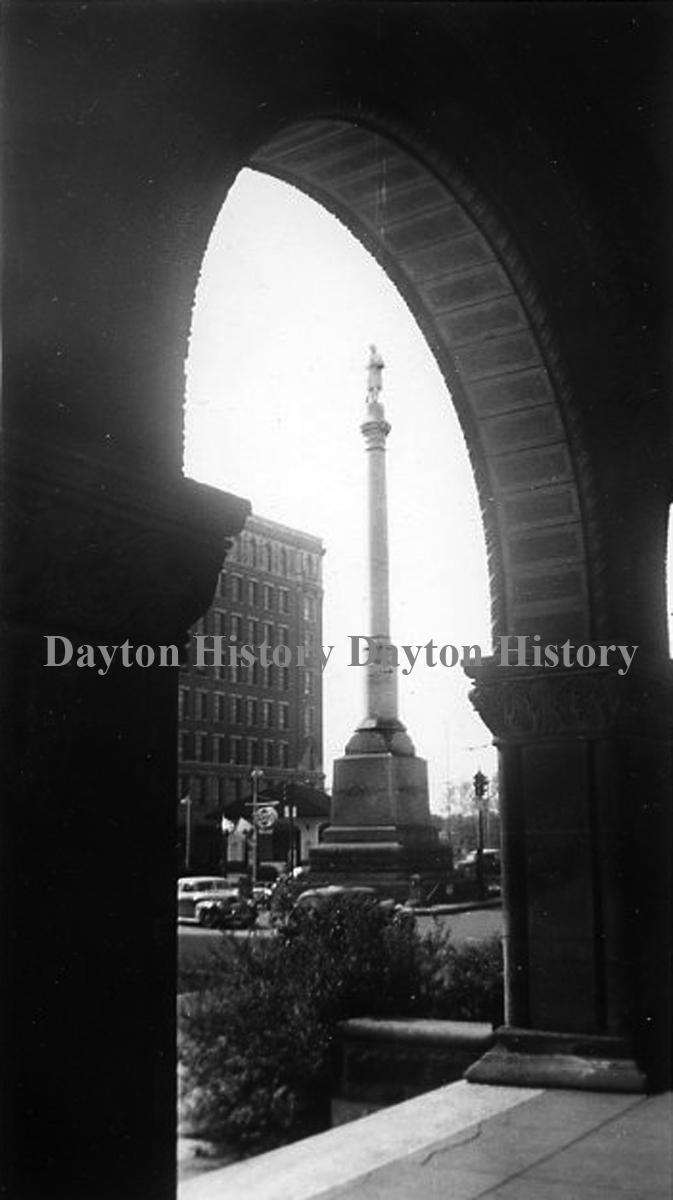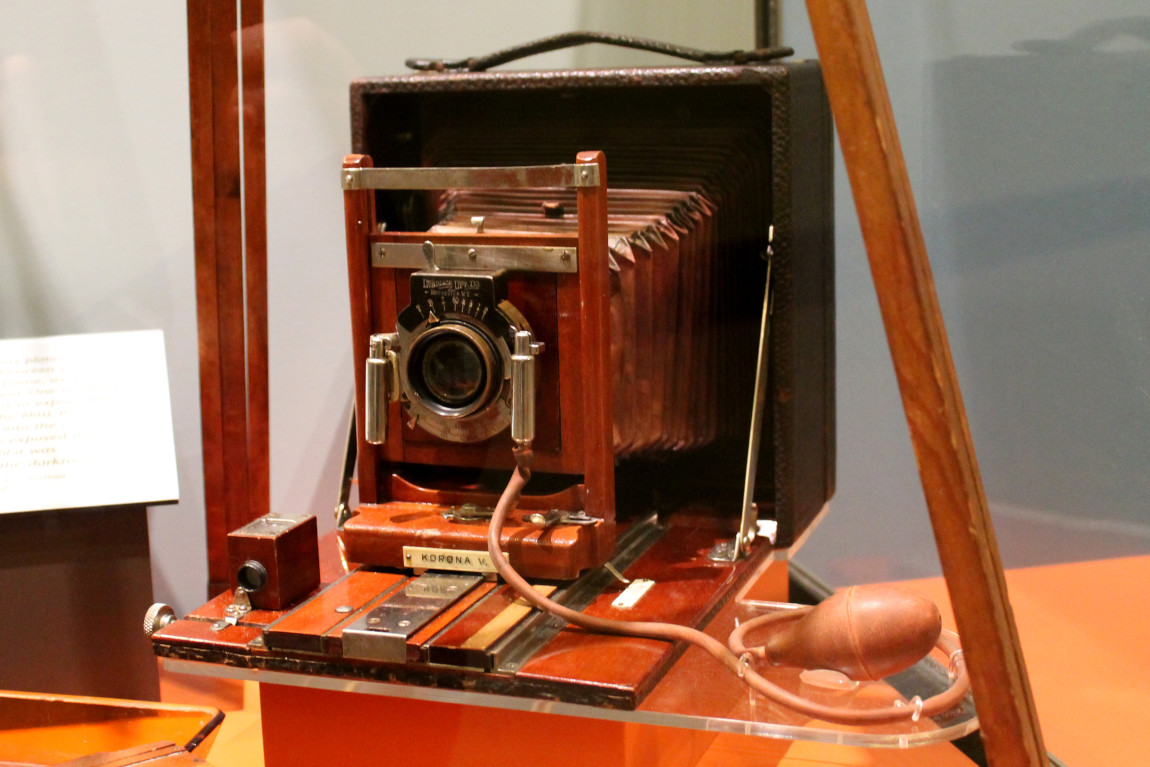Mystery at the Museum …
Here’s a detail image of this week’s mystery artifact. Do you know what artifact is pictured here and which building you can find it in at Carillon Historical Park? Post your guess on our facebook page, or e-mail your submission to info@daytonhistory.org with the subject listed as “ArtiFACT Friday,” for a chance to win a FREE Family Membership for a year! For complete contest rules, please click on our Arti-FACT Friday Contest link on our home page. For those of you sleuths, who want a sneak peek at next week’s Mystery at the Museum artifact photo, pick up a FREE copy of the Dayton City Paper next Tuesday!
To see other historical images from our collection, search our Digital Photo Archive.




